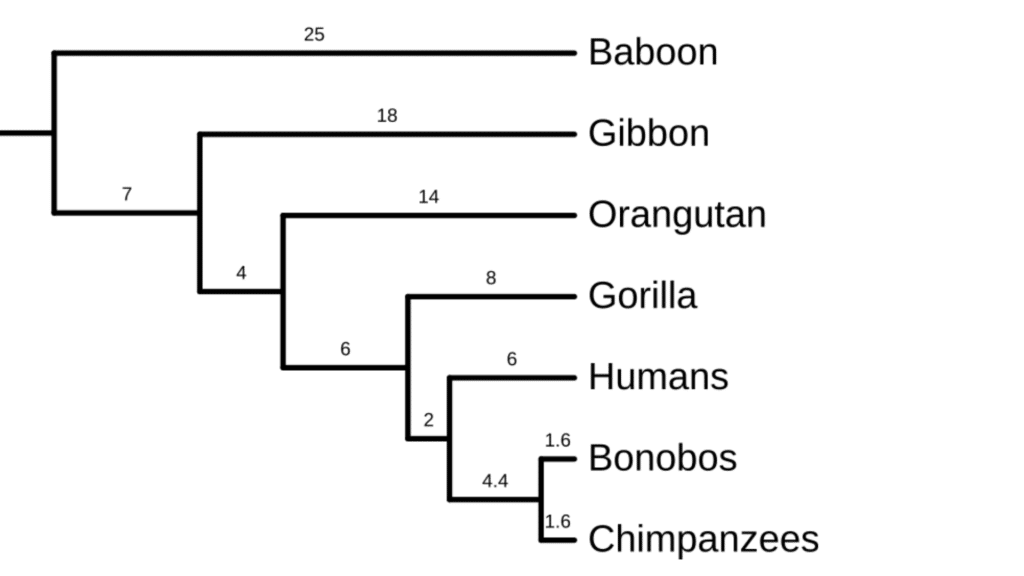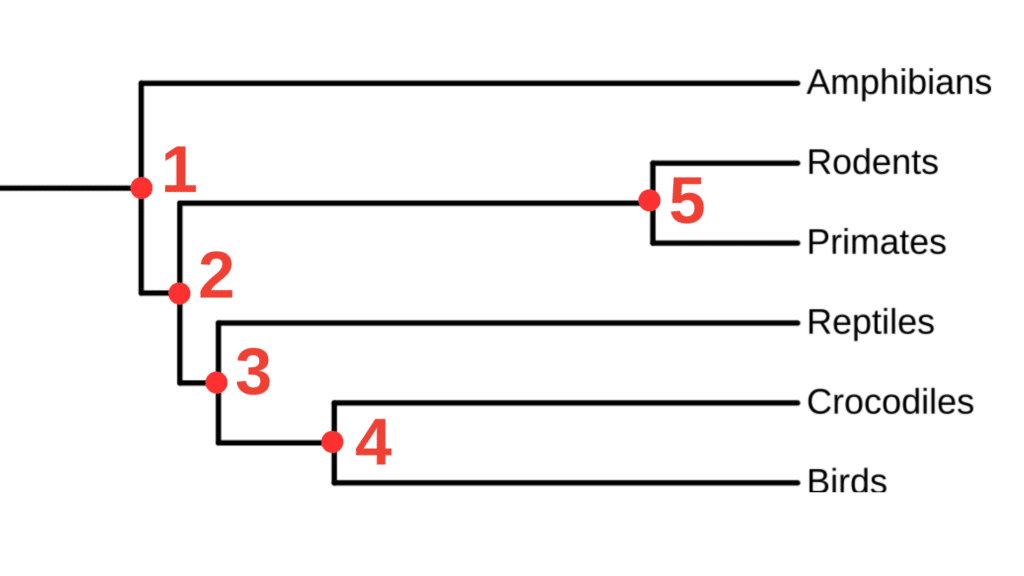MC-Phylo-Core-Core Components of Phylogenies
Mastery Check Information:
- The mastery check is designed to test your understanding of all the material
- The mastery check will unlock once you complete all quizzes from the course
- The mastery check is designed to be open book/note
- The mastery check is untimed
- Time required to complete mastery checks can vary considerably. Answer saving is enabled, but keep a record of your answers if you wish to come back.
- Completion of the mastery check requires a perfect score (100%)
- The mastery check allows unlimited retries
- A certificate of completion will be rewarded upon completion
Quiz Summary
0 of 6 Questions completed
Questions:
Information
You have already completed the quiz before. Hence you can not start it again.
Quiz is loading…
You must sign in or sign up to start the quiz.
You must first complete the following:
Results
Results
0 of 6 Questions answered correctly
Your time:
Time has elapsed
You have reached 0 of 0 point(s), (0)
Earned Point(s): 0 of 0, (0)
0 Essay(s) Pending (Possible Point(s): 0)
Categories
- Not categorized 0%
-
Unfortunately, you did not pass the mastery check. Please try again.
-
Unfortunately, you did not pass the mastery check (100% needed). However, you have scored high enough to unlock the explanation video:
-
Congratulations! You passed the mastery check! The following video covers the entire mastery check:
- 1
- 2
- 3
- 4
- 5
- 6
- Current
- Review
- Answered
- Correct
- Incorrect
-
Question 1 of 6
1. Question
What does a phylogenetic tree represent?
CorrectIncorrect -
Question 2 of 6
2. Question
Which of the following are true about branches in a phylogenetic tree?
CorrectIncorrect -
Question 3 of 6
3. Question
Given this time calibrated phylogeny, which of the following statements are true? Select all that apply.
CorrectIncorrect -
Question 4 of 6
4. Question
For each statement below, fill in the blank with only a number. Numbers can represent numerical answers (e.g. how many tips?) or refer to a node above.
-
On the phylogeny node represents the most recent common ancestor for reptiles and amphibians.
From node 3, we have a total of descendants.
The group connected at node 3, is sister to the group connected at node 5. These two groups diverged from one another at node .
Amphibians share a most recent common ancestor with other tips. Reptiles share a most recent common ancestor with other tips. Rodents share a most recent common ancestor with other tips.
CorrectIncorrect -
-
Question 5 of 6
5. Question
Why might a phylogeny use mixed levels of tips (e.g., species and families)?
CorrectIncorrect -
Question 6 of 6
6. Question
Given the time calibrated phylogeny, what can we conclude about the nodes? Select all that apply.
CorrectIncorrect



